
Archive
515 posts

From 2014 to 2016, the Hohenrain II Project compared three different grassland-based milk production systems with either full grazing, or with partial grazing with indoor feeding of fresh herbage and reduced or increased concentrate supplementation. From 2013 to 2015, the nutrient and mineral content of the conserved forage (hay, grass silage and artificially dried herbage)…

Animal performance with fresh grass feeding
Partial grazing with indoor feeding of fresh grass is an important feeding system for Swiss dairy farms. From 2014 to 2016, three production systems – partial grazing with indoor feeding of fresh grass with reduced (EGKF; 418 kg), and increased concentrate supplementation (EGKFplus; 1161 kg) was compared with full-time grazing with reduced concentrate supplementation (FG;…
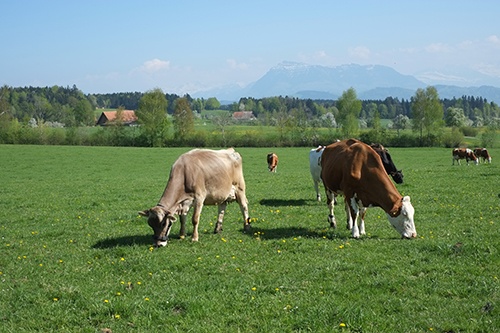
Mineral content of herbage
Full grazing or indoor feeding of fresh herbage and partial grazing are common feeding systems for dairy cows in Switzerland. Project Hohenrain II investigated a comparison of three different grassland-based milk production systems, a partial grazing with indoor feeding of fresh grass with reduced and increased concentrate supplementation was compared with the full grazing system…

Project description and quality of fresh grass
Partial grazing with indoor feeding of fresh grass is an important feeding system for Swiss dairy farms. From 2014 to 2016, three production systems – ’partial grazing with indoor feeding of fresh grass with reduced (EGKF, 418 kg) and increased concentrate supplementation (EGKFplus; 1161 kg) was compared with full-time grazing (FG) with reduced concentrate supplementation…

In vivo and in vitro organic matter digestibility determined with the Ankom DaisyII Incubator
A comparison of organic matter digestibility (OMd) determined in vivo and in vitro was conducted with samples of grass, grass silage, hay, and maize silage (n = 20 per feed) from the Agroscope Posieux collection. The in vitro method was carried out with the Ankom «DaisyII» Incubator (Ankom Technology Corp., Fairport, NY, USA). The coefficients…

Reduction of antibiotic use and increase in feeding autonomy in milk production
In dairy farming, the use of antibiotics and the feeding with concentrates are challenged by public opinion and by economic considerations. Antibiotics are used to preserve the health of cattle and the quality of milk, however their use is expensive and can result in antibiotic resistances in human and animal pathogens. It is now urgent…

Effect of complementary feeds on the chewing activity of horses
Originally a grassland animal, horses are adapted to a continuous intake of small amounts of feed. Today, horses are primarily kept in box-housing systems and feed intake duration has gained importance. In this study, four complementary feeds with crude fiber content of 10%, 12%, 14.5% and 18% and differently processed (muesli, structured muesli or pellet)…

”Change management” using the example of sheep summer grazing and the return of the wolf
Designing and supporting change processes in agriculture is a challenge for management, science and advisory services. In regions where large predators were eradicated and, thanks to stricter European protective provisions, make a comeback, livestock owners are faced with major changes. The ”Summer grazing of sheep in the canton of Valais“ project shows how extension and…
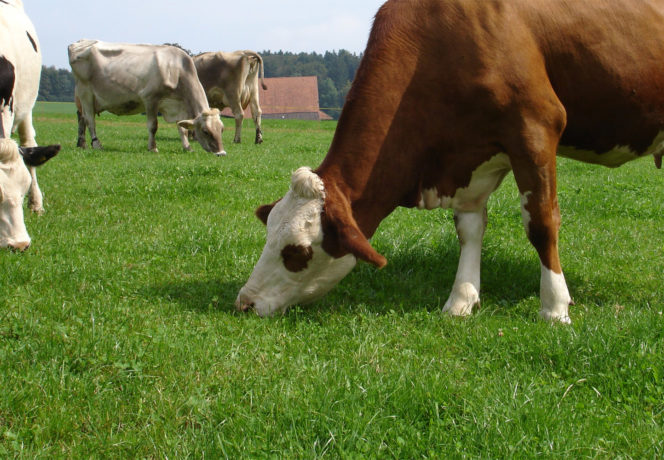
Dairy farming: marketed milk quantity and share in pasture affect work income
Small production facilities and a high-cost environment continue to pile pressure on Swiss dairy farms. The aim of this study was to analyse the production costs (full costs) and earned income of 562 Swiss dairy farms in the valley zone (VZ), hill region (HR) and mountain region (MR) for the years 2011 to 2015. The…
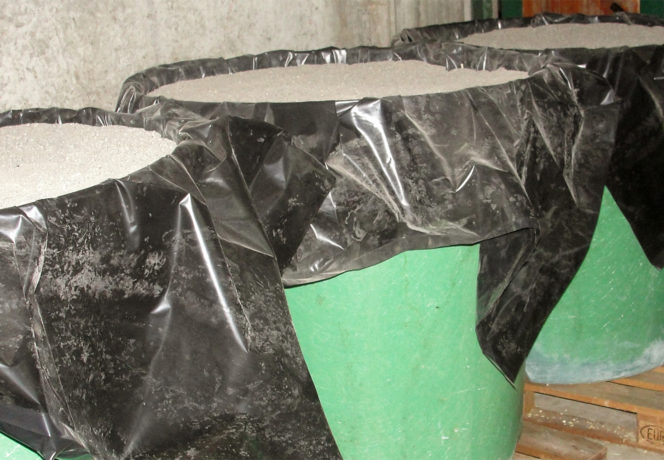
Influence of storage period on the quality of a maize silage
On farms, sometimes maize is ensiled after harvest and the removal (feed-out) and feeding of the maize silage begun immediately. An experiment was conducted to investigate the effect of this approach on fermentation quality, microbiological quality and aerobic stability. For this, six 700-litre containers were filled with maize having an average dry-matter content of 37…

Performance and stress level in mules during a five days Gotthard trek
In the summer of 2016, three pack mules, each carrying a load weighing 80kg, accompanied a 94.46km trek across the Gotthard Pass with a total altitude difference of 3,364m. The mules’ performances were evaluated by measuring vital recovery parameters such as heart- and respiratory rates and body temperature, and by continuous heartrate monitoring during the…

Validation of the standards used for the instrumental measurement of beef tenderness
The tenderness of meat is determined instrumentally by measuring Warner-Bratzler shear force (WBSF). This measurement is performed according to different standards established outside of Switzerland. The aim of the present study was twofold: firstly, to check whether the perception of Swiss consumers vis-à-vis tenderness matched the WBSF categories commonly used; secondly, to define satisfaction categories…

Surveys on the tenderness of Swiss beef: 2009 and 2014
The tenderness of beef in nine different muscles sold as steaks was investigated in two studies (2009 and 2014) by measuring shear force according to Warner-Bratzler (WBSF).The meat in each survey originated from 39 artisanal butcher shops (ABs) or hyper-/supermarkets butcher shop (HSMs) in 14 different Swiss cities. Overall, the 466 steaks examined had average…

Protein fractions in three legume species
During the forage wilting and ensiling process, a protein degradation takes place that affects the different protein fractions. In addition to the silage conditions, secondary plant ingredients also affect the different protein fractions. In an experiment, the influence of the wilting and ensiling process on the protein fractions of the first and third cuts of…

Influence of different slurry application methods on grass silage quality
When slurry is applied, a great number of bacteria (e. g. clostridial spores) are spread on both the soil and forage. An experiment conducted at Agroscope Tänikon in 2013 and 2014 investigated the influence of three different slurry application techniques (broadcast, band-spread and trailing-shoe) on silage quality. In both years, samples were taken of three…

Traditional western Swiss specialties regionally produced pork
Boutefas and Jambon de la borne are traditional meat products from the cantons Vaud and Fribourg. A precondition for a Protected Designation of Origin (AOP) for these regional specialties is a specific quality of the primary material. The aim of this study was to examine if this precondition is met when the meat is derived…

Fattening performance of male layer hybrids fed different protein sources
The growth performance of male layer hybrids fed diets containing different protein sources and protein contents was examined in three fattening trials. As expected, the comparison of the Lohmann Brown (LB) and Lohmann Selected Leghorn (LSL) genotypes with Hubbard JA 757 (HUB) broiler hybrids demonstrated that the male layer hybrids showed a lower fattening performance.…
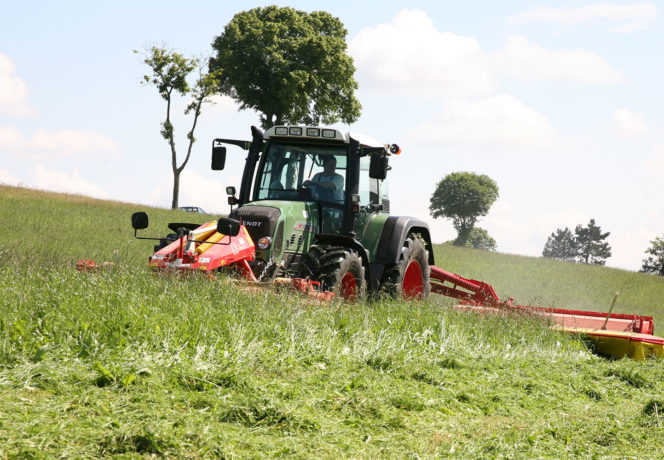
Mineral content of herbage according to its origin (region and altitude)
The aim of this paper was to study the mineral contents of a predefined herbage according to its origin, and to compare them with reference values. The fresh herbage from the first seasonal harvest consisted of mixed a populations with, at least, 50% gramineae, without ryegrass dominance and their growth stage was at begin of…
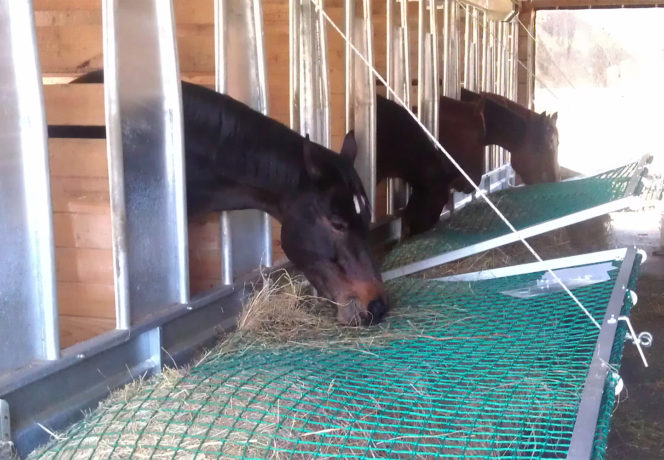
Slow feeding systems for horses: feeding times and lying behaviour
Free-living equids spend the greater part of the day grazing – roughly sixteen hours out of every twenty four. With two to three rationed portions of roughage a day, the behaviour of conventionally fed domestic horses is strongly affected. The aim of the present paper was to examine whether a different number of feeds influenced…

New guide values for the nutrient excretions of pigs
In the framework of the current revision of the Swiss Fertilizer Guidelines (SFG) the guide values for nutrient excretion of pigs were checked and adapted to current production practice. The principle used for calculating excretions is input in feed minus retention in in the growth of piglets and young sows. For fattening pigs all the…
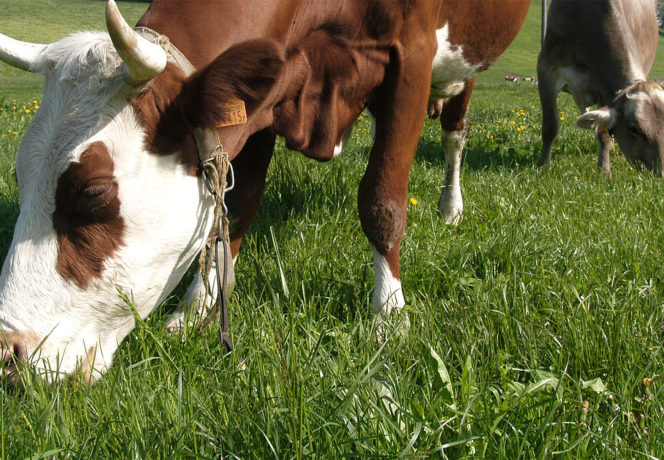
Analysis of pasture-based- or indoor-feeding-dairy production on the net contribution to human food supply
In a whole-system study in lowland of Central Switzerland from 2007 to 2010 compared the performance, efficiency, land productivity and profitability of indoor-feeding (SH) dairy production with that of pasture-based feeding (VW) dairy production. In the present study the net contribution of these systems to human food protein and energy supply was analysed. Depending on…
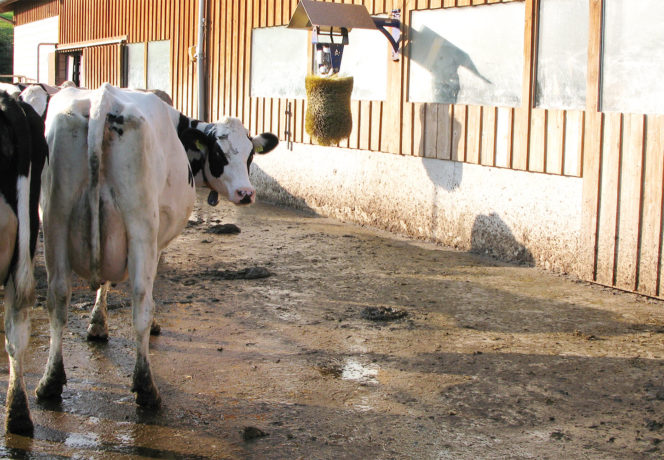
Comparison of the odour impact of cattle housing with and without an outdoor exercise area
Outdoor exercise areas in loose cattle housing systems represent close-to-the-ground emission sources. Previously, outdoor exercise areas were not taken into account when calculating the minimum distance to residential zones. The aim of these studies was to highlight any possible effect of outdoor exercise areas with solid flooring on odour impact. For this, the odour impact…

Silage quality of catch crops
Although catch crops contribute to additional feed production, they are also considered to be difficult to ensile. In a trial, the ensilability and silage quality of the two standard mixtures 101 and 106 as well as mixtures with black oats, sorghum and foxtail millet were investigated. In addition to variants without an additive, we also…
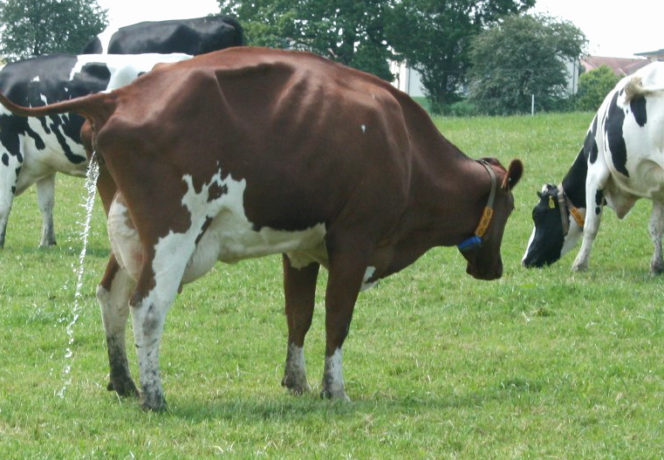
New guide values for the nutrient excretions of dairy cows
In the framework of the current revision of the Swiss Fertilizer Guidelines (SFG) the guide values for nutrient excretion and forage consumption of dairy cows were checked and adapted to current production practice. The principle used for calculating excretions is input in feed minus retention in milk, calf and growth. A model based on the…

Differences between organic dairy cows sired by artificial insemination and natural service
This study investigated differences between phenotypes of daughters of artificial insemination (AI)-bulls and daughters of natural service (NS)- bulls, respectively, on organic dairy farms in Switzerland. Organic rules recommend the use of natural mating. Therefore it is of interest whether those two groups of phenotypes show different characteristics on organic farms. Only farms using both…
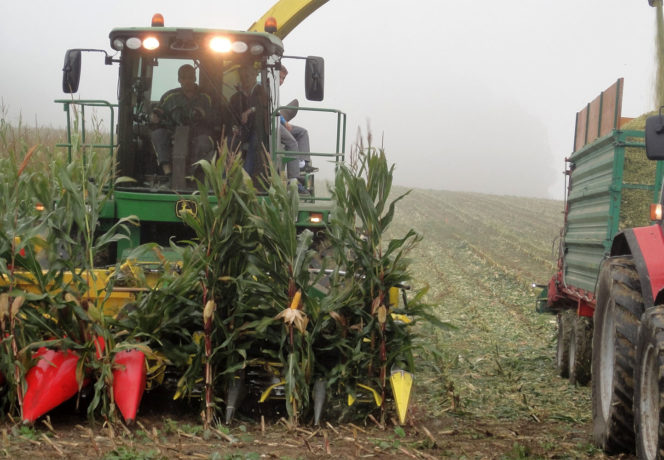
Digestibility of power maize silage fed alone or in mixed rations
Power maize silage (WPMC) – a mixture of whole-plant maize and cobs used in cattle fattening – has different characteristics from whole-plant maize (WPM). A digestibility test was carried out to determine the nutritional value of WPMC, study the influence of the composition of the ration and verify the application of equations predicting digestibility. Four…

New guide values for nutrient excretions of suckling cows
The current Swiss guide values for nutrient excretions and forage consumption of suckling cows which are used for the compulsory nutrient balance are from 2001. In the meantime suckling cow production has changed and strongly gained in importance. In the framework of the ongoing revision of the Fertilizer Guidelines these guide values are therefore adapted…

Diets containing carob for diarrhoea prevention in weaned pigs
The effectiveness of two different diarrhoeaprevention diets was tested using 192 newly weaned Large White pigs. The control diet contained 175 g crude protein (CP), 42 g ADF, 116 g NDF and 13.9 MJ digestible energy (DE) per kg. The ‘SM’ and ‘AP’ experimental diets comprising 20% whole carob pods plus 8% straw meal and…

Slow-feeding for horses
In a natural environment, equids spend over 16 hours a day grazing. Stabled horses are traditionally fed 2–3 times a day with limited amount of forage. This may lead to disturbances of the digestive system and/or behavioral problems. The aim of this study was to investigate whether intake decreases when using a net covering the…

Advisory instruments for the improvement of profitability on dairy farms
An advisory method developed in France was adapted for the application in Canton Jura and Bernese Jura to improve the profitability of dairy farms. Using this newly developed advisory instrument, an interdisciplinary team aimed to offer comprehensive consultancy. Data from 64 dairy farms was collected regarding environmental factors, management practices and related economic performance. Multivariate…